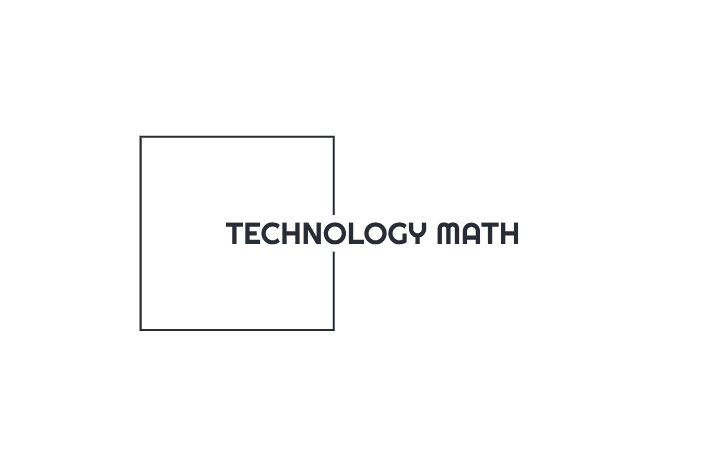
In today’s globalized economy, businesses and individuals are increasingly engaging in cross-border transactions. However, traditional methods of transferring money across borders have long been fraught with challenges such as high fees, delayed processing times, and exchange rate risks. These issues can significantly hinder the efficiency and cost-effectiveness of international trade and commerce. Fortunately, modern payment platforms have emerged as a solution, offering innovative features that streamline cross-border transactions. By leveraging technologies like multi-currency accounts, automated currency conversion, and compliance with global regulatory standards, these platforms enable businesses to operate seamlessly in international markets. This article explores the key pain points of traditional cross-border transactions and how advanced payment platforms address these challenges.
Challenges of Traditional Cross-Border Transactions
Traditional cross-border transactions have historically been plagued by several significant issues. One of the primary challenges is the high cost associated with these transactions. Banks and financial institutions often charge exorbitant fees for international transfers, which can eat into the profits of businesses and increase costs for consumers. Additionally, the processing times for traditional cross-border transactions can be lengthy, sometimes taking several days to complete. This delay can disrupt cash flow and create uncertainty for businesses relying on timely payments.
Another major pain point is the risk associated with fluctuating exchange rates. When transferring money across borders, the value of the currency can change between the time the transaction is initiated and when it is completed. This volatility can lead to unexpected losses or gains, making it difficult for businesses to predict their financial outcomes accurately. Furthermore, navigating the complex web of international regulations and compliance requirements adds another layer of difficulty to traditional cross-border transactions.
How Modern Payment Platforms Address These Challenges
Modern payment platforms have revolutionized the way cross-border transactions are conducted by addressing the key pain points associated with traditional methods. One of the most significant advancements is the introduction of FX payments, which allow businesses to manage foreign exchange more effectively. These platforms offer competitive exchange rates and transparent fee structures, significantly reducing the cost of international transactions.
In addition to cost savings, modern payment platforms offer faster processing times. By leveraging advanced technology and streamlined processes, these platforms can complete transactions in a matter of minutes or hours, rather than days. This speed is crucial for businesses that require quick access to funds to maintain their operations and meet financial obligations.
Another key feature of modern payment platforms is the ability to hold and manage multiple currencies within a single account. This capability allows businesses to conduct transactions in various currencies without the need for constant conversions, reducing the risk associated with exchange rate fluctuations. Automated currency conversion features further enhance this capability by ensuring that transactions are executed at the most favorable rates available.






